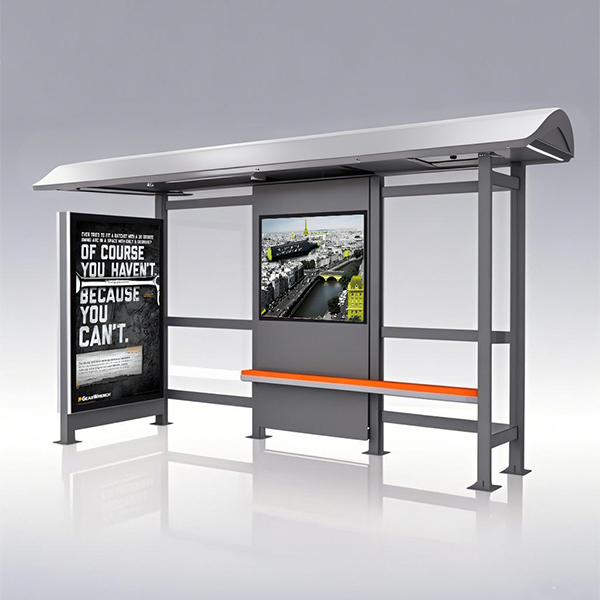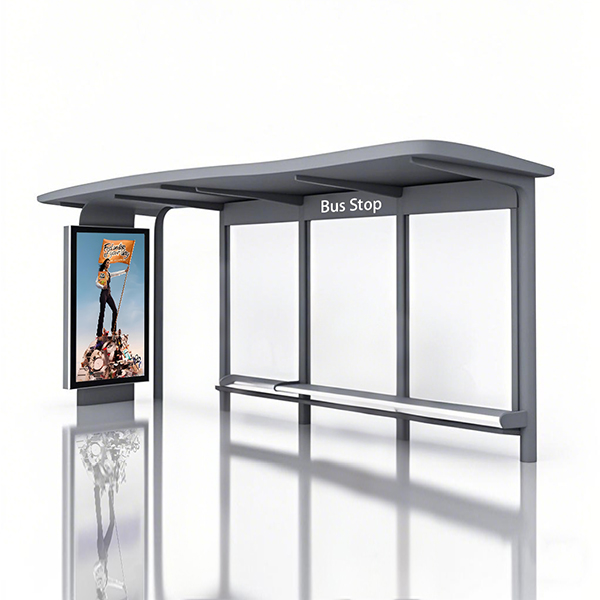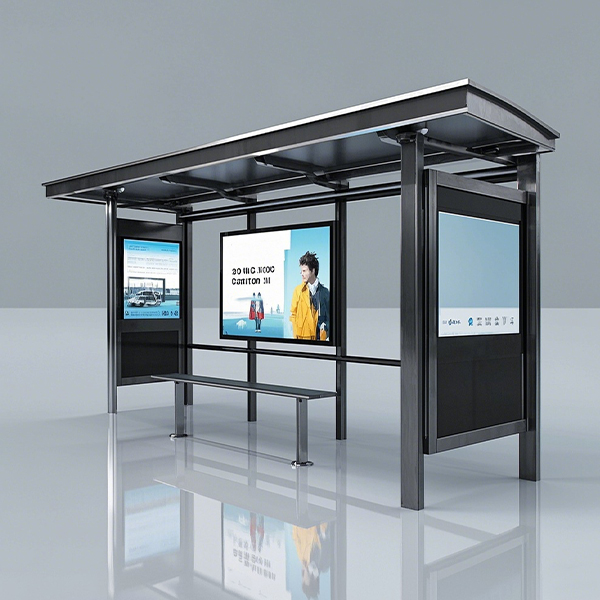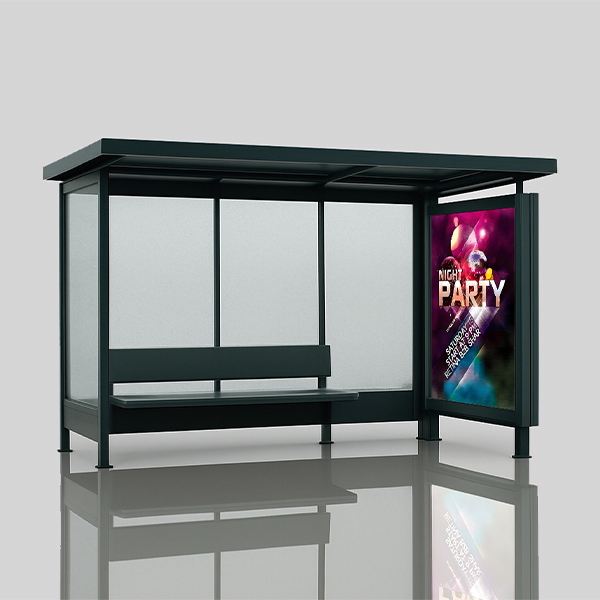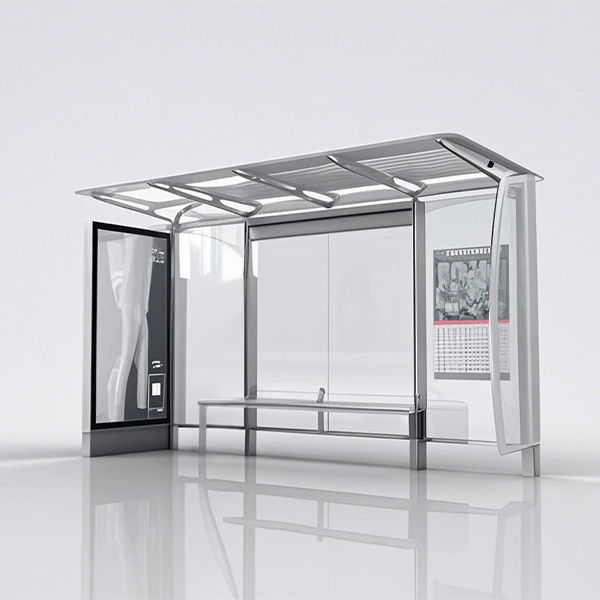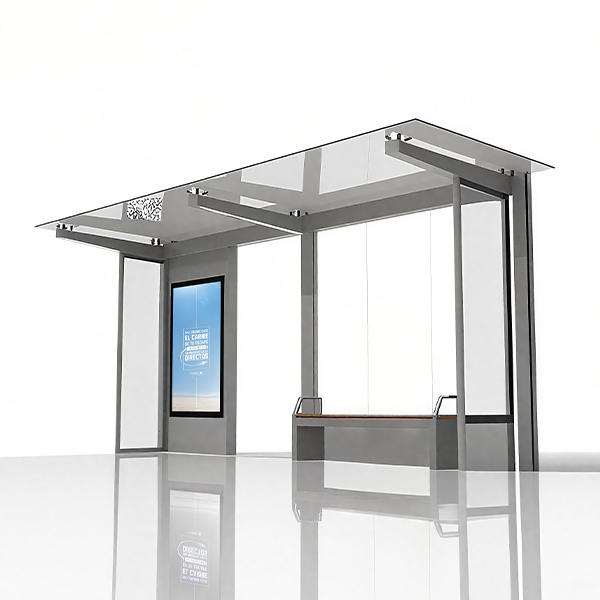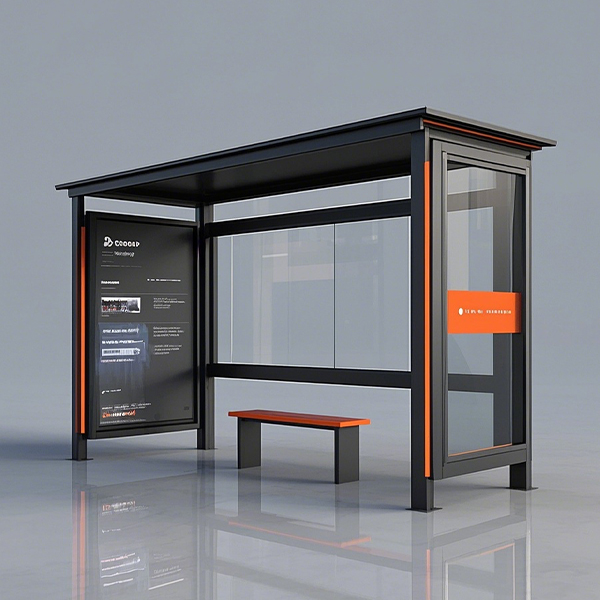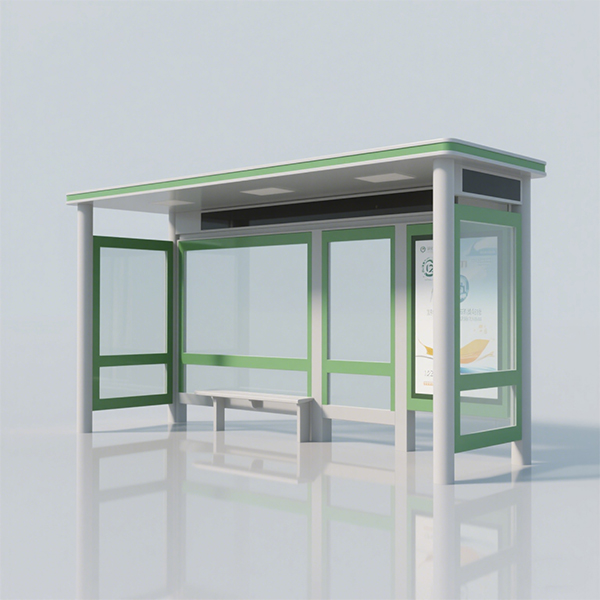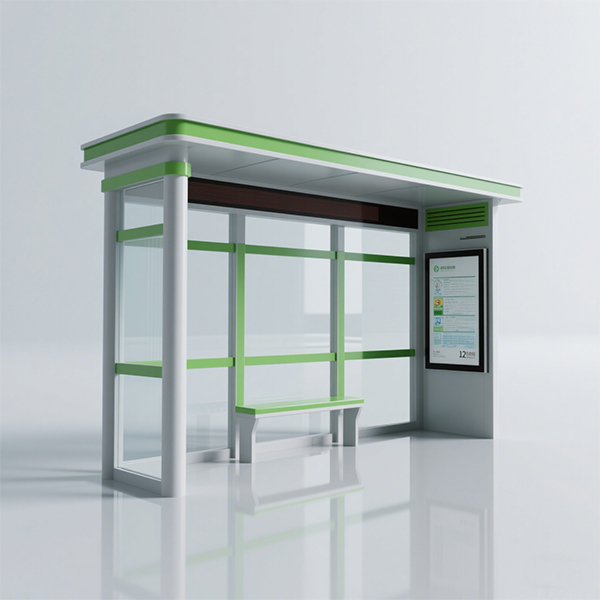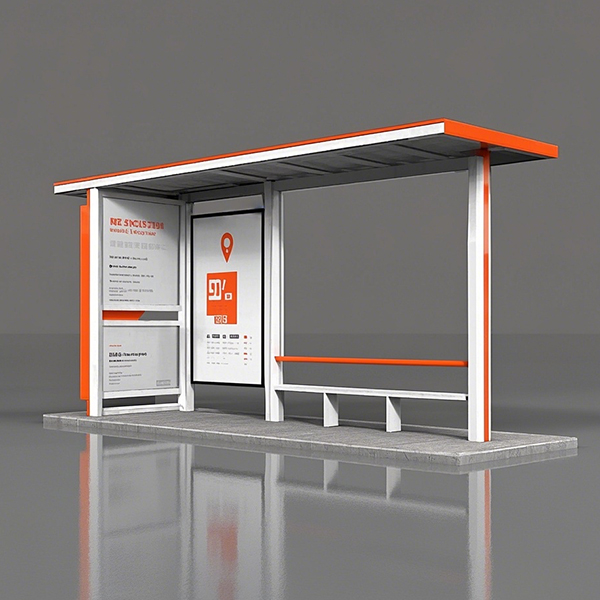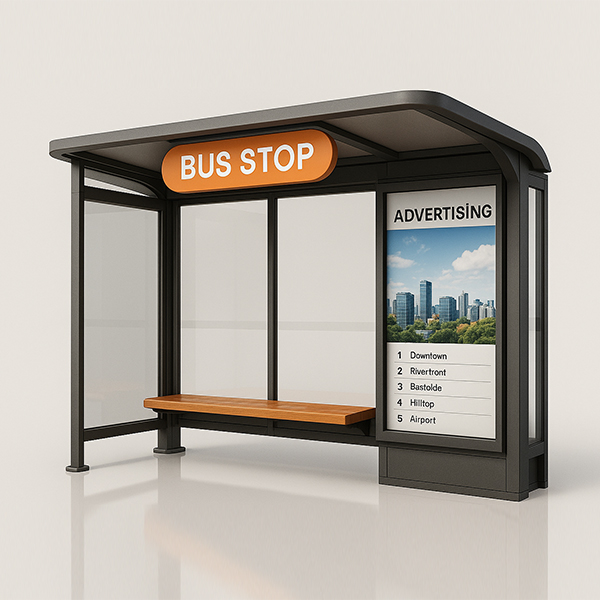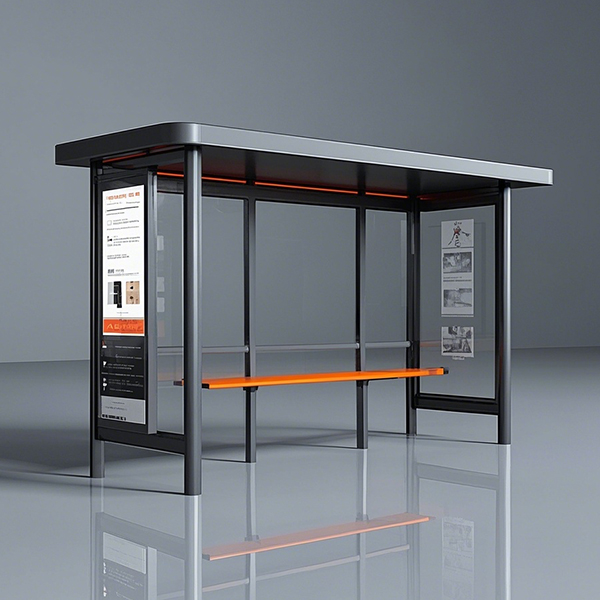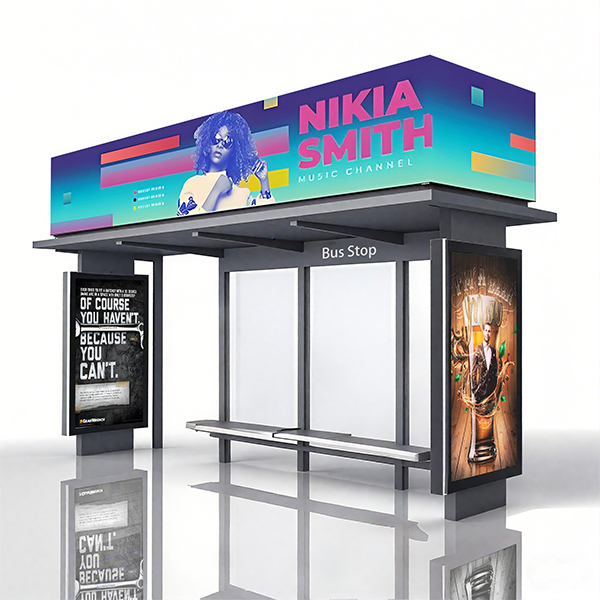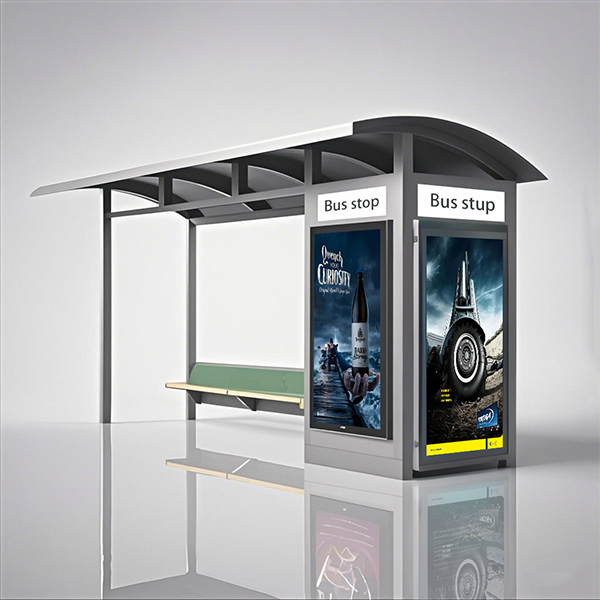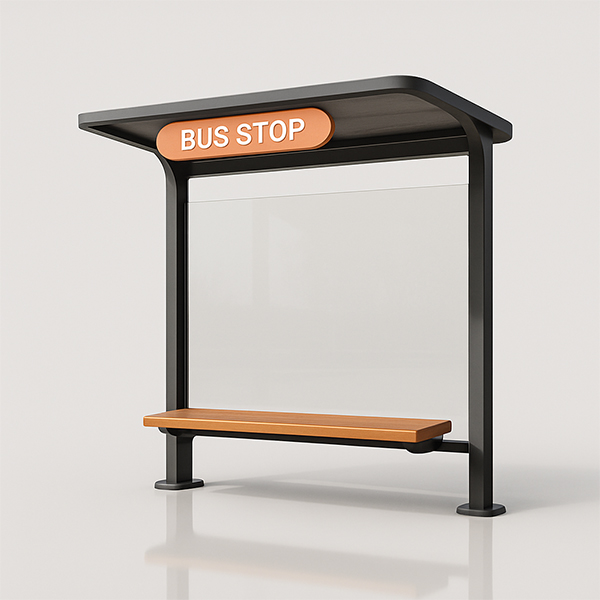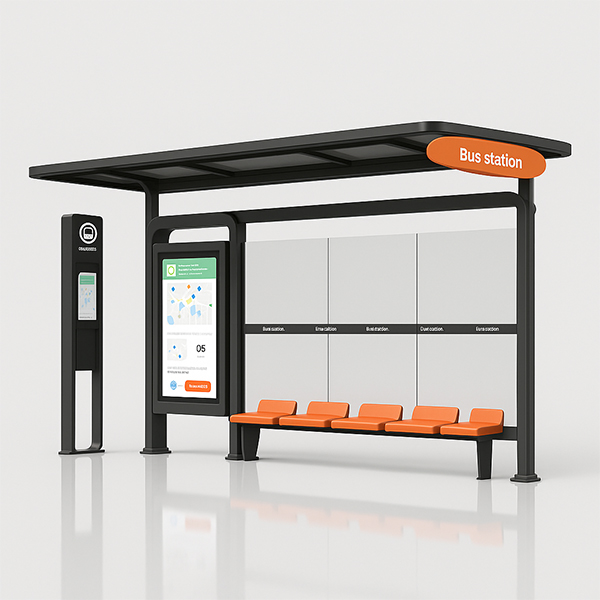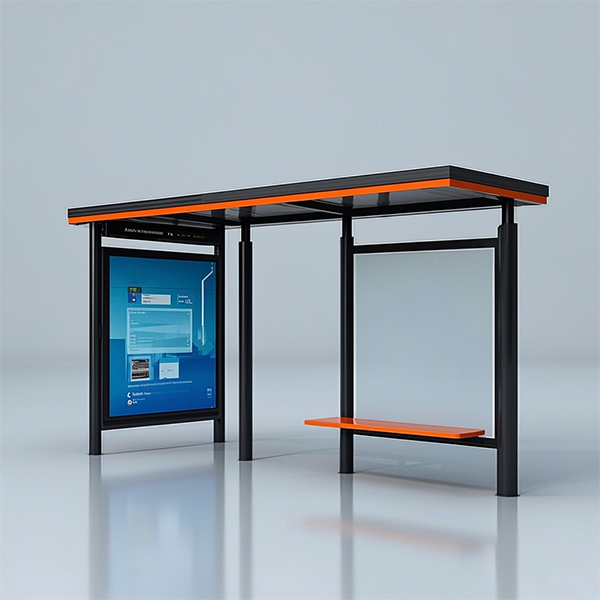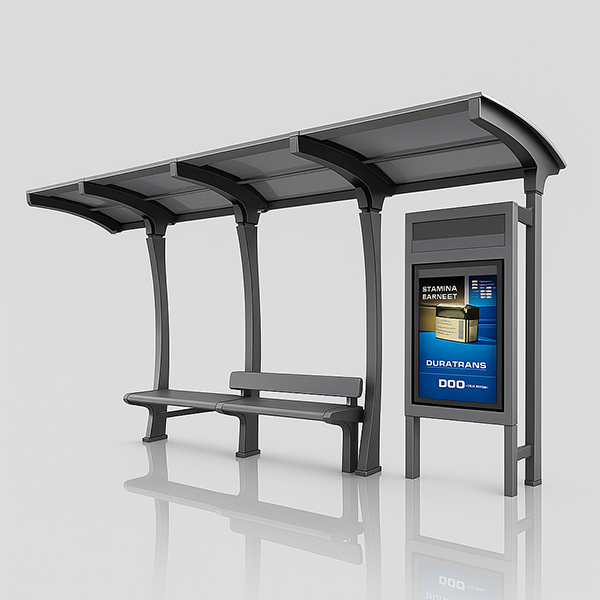
trueform bus shelters
Trueform Bus Shelters: A Comprehensive GuideThis article provides a comprehensive overview of trueform bus shelters, exploring their design, benefits, and considerations for installation. We'll cover various aspects, from material choices and sustainability to accessibility and aesthetic integration within urban landscapes. Learn about the different types of trueform bus shelters available and how to choose the right one for your specific needs.
Understanding Trueform Bus Shelters
What are Trueform Bus Shelters?
Trueform bus shelters represent a modern approach to passenger waiting areas. They prioritize user comfort, safety, and aesthetic appeal. Unlike traditional shelters, trueform bus shelters often incorporate innovative design elements, sustainable materials, and advanced features to enhance the overall passenger experience. These shelters frequently boast sleek, contemporary designs, often utilizing durable materials such as tempered glass and powder-coated steel. They may also integrate features like integrated lighting, digital signage, and USB charging ports.Types of Trueform Bus Shelters
The market offers a range of trueform bus shelters to suit diverse needs and budgets. Some common types include: Standard Shelters: These offer basic protection from the elements, often featuring a roof and side panels. Curved Shelters: These offer a more modern and streamlined aesthetic. Double-Sided Shelters: Designed for bus stops with traffic flow on both sides of the road. Custom Shelters: Allow for bespoke designs tailored to specific location requirements and branding opportunities. Shandong Luyi Public Facilities Co., Ltd. (https://www.luyismart.com/) offers a range of custom options to create truly unique shelters.Materials and Sustainability
The materials used in trueform bus shelters significantly impact their durability, lifespan, and environmental footprint. Common materials include: Tempered Glass: Offers excellent strength and transparency. Powder-Coated Steel: Provides robust protection against corrosion and damage. Recycled Materials: Increasingly, manufacturers are incorporating recycled materials to enhance the sustainability of their products.Benefits of Trueform Bus Shelters
Enhanced Passenger Experience
Trueform bus shelters provide a significantly improved waiting experience compared to traditional designs. Features like comfortable seating, lighting, and information displays contribute to passenger comfort and safety.Aesthetic Appeal
Modern trueform bus shelters often enhance the aesthetic appeal of the surrounding environment, complementing the overall urban design.Improved Safety
Features such as good lighting and clear visibility can improve passenger safety, particularly at night or in poor weather conditions.Choosing the Right Trueform Bus Shelter
The selection process depends on various factors:Budgetary Considerations
The cost of trueform bus shelters varies depending on size, materials, and features.Location and Environmental Factors
The shelter's design should be appropriate for the local climate and environmental conditions.Accessibility Compliance
It's crucial to ensure the shelter meets accessibility standards for individuals with disabilities, including wheelchair access and appropriate signage.Installation and Maintenance
Professional installation is essential to ensure the longevity and safety of the trueform bus shelter. Regular maintenance, including cleaning and repairs, will extend its lifespan.Conclusion
Trueform bus shelters offer a significant upgrade over traditional designs, providing enhanced passenger experience, improved safety, and aesthetic benefits. By carefully considering the factors outlined above, you can choose the perfect shelter for your specific needs. Contact Shandong Luyi Public Facilities Co., Ltd. to explore their range of high-quality trueform bus shelters and custom design options.Соответствующая продукция
Соответствующая продукция







